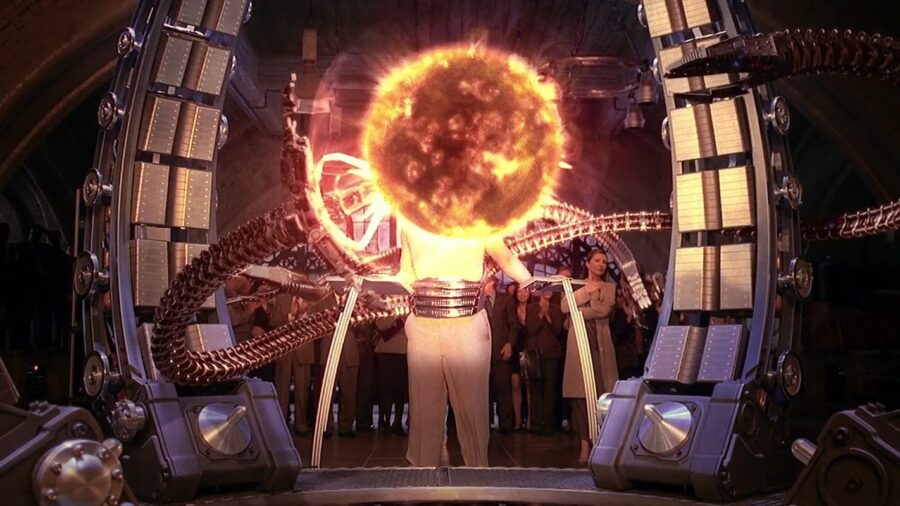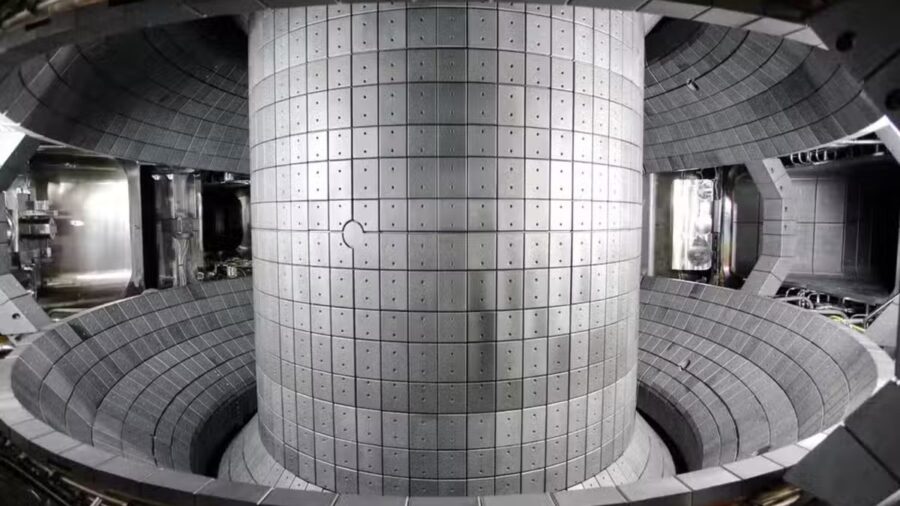Fusion Breakthrough Won’t Save Humanity
A facility has created the first instance of a higher fusion energy output for the first time, but it still is not as sustainable as we hope.
This article is more than 2 years old

Scientists have been steadily working towards a sustainable form of energy that is better for the planet. That sustainable energy source has always been fusion energy, which has seen significant breakthroughs in recent years, as researchers at the Lawrence Livermore National Laboratory were able to get more energy output from a fusion reaction than the energy they put into the machine. However, data suggests that true fusion power is around 70 years away, which won’t save humanity.
A series of essays shared by The Guardian stated that this fusion power breakthrough might take entirely too long. Chris Cragg, a freelance journalist who specializes in energy and environmental issues, stated “True fusion power station is unlikely to be running before my grandchildren turn 70.” Scientists have apparently been working at cracking the code of fusion energy since the 1950s and have only broken the service on a device that has delivered an output of energy that exceeds the input of energy used.
It has taken loads of money and time for fusion energy to get to this point, and that could be the biggest reason why the dream of having fusion reactors is not as feasible as everyone thinks. However, there are those scientists that believe a facility could be coming as soon as 2030. There would be a greater need for more than just one, should fusion energy replace fossil fuels and everything else that is used currently.

Another big drawback that fusion energy could cause is the ability to create even more deadly nuclear weapons. The Livermore Lab apparently got into the nuclear bomb game back in the 1950s, which was the direct result of Russia detonating its own nuclear bomb. Mark Diesendorf, an environmentalist, and renewable energy specialist from the University of New South Wales in Australia stated that fusion systems at the Livermore lab could be used to “produce neutrons that can be used to produce the nuclear explosives plutonium-239, uranium-235, and uranium-233.”
He argues that later fusion systems that are being used to create this new and improved fusion energy might also be used to create more powerful nuclear weaponry, which would certainly cause a ton of problems for the world over. Despite the worries, a huge issue to think about is how much energy could be produced by just one facility. Also, would that facility be without its issues when starting up?
We are not going to pretend to know about fusion energy or nuclear materials, but it stands to reason that having only one facility by 2030 is not going to power the world. We would imagine that the entirety of humanity consumes a ton of power daily and that one facility would not be able to replicate that same level of energy. Also, there is the whole Spider-Man 2 fiasco to think about, and would this energy become unstable at any point?
Either way, science and technology are clearly ramping up to create things that we have only dreamed of. While we might be a bit far off from hovercars, at least fusion energy is becoming more of a plausible scenario. We just hope that this new energy doesn’t also lead to nuclear destruction.












